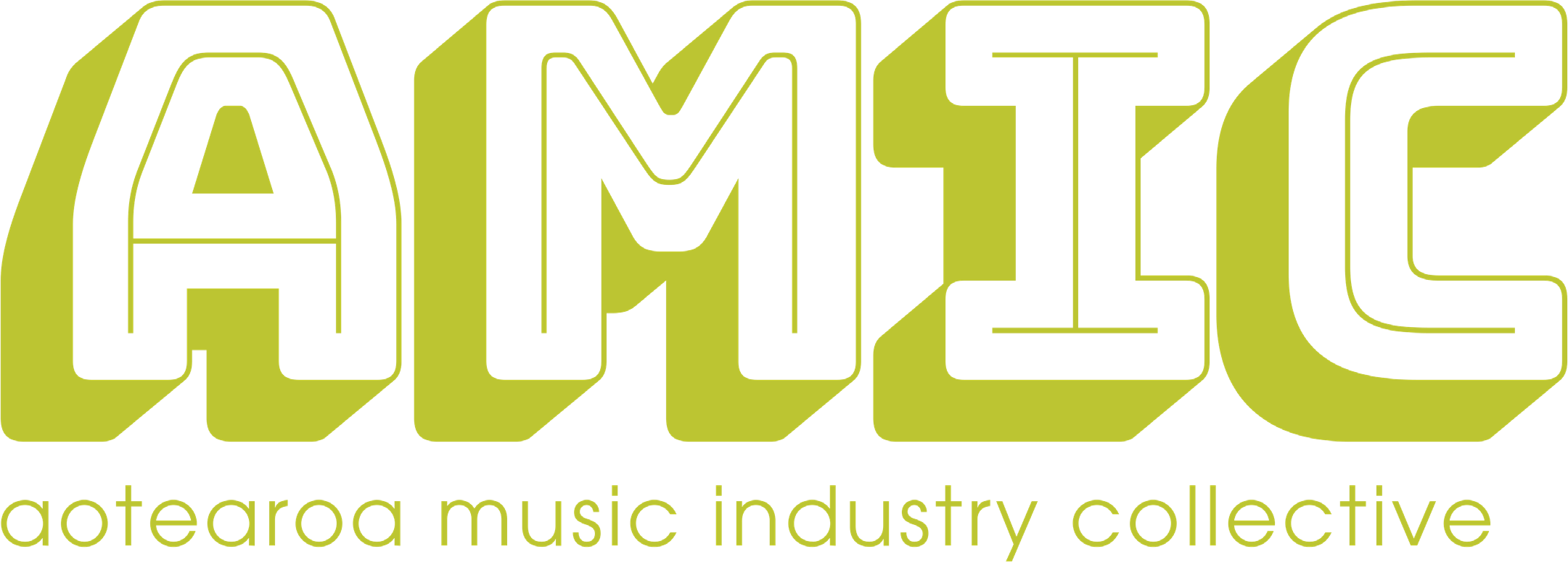By JP Carroll
A not-necessarily-comprehensive user’s guide to releasing music in an ever-evolving landscape of industry standards and marketplace expectations – Results may vary.
First and foremost, please abandon any notion you may have about the author being a self-professed expert on this subject. Passionate? yes; Experienced? certainly; Successful? Debatably… Expert – no.
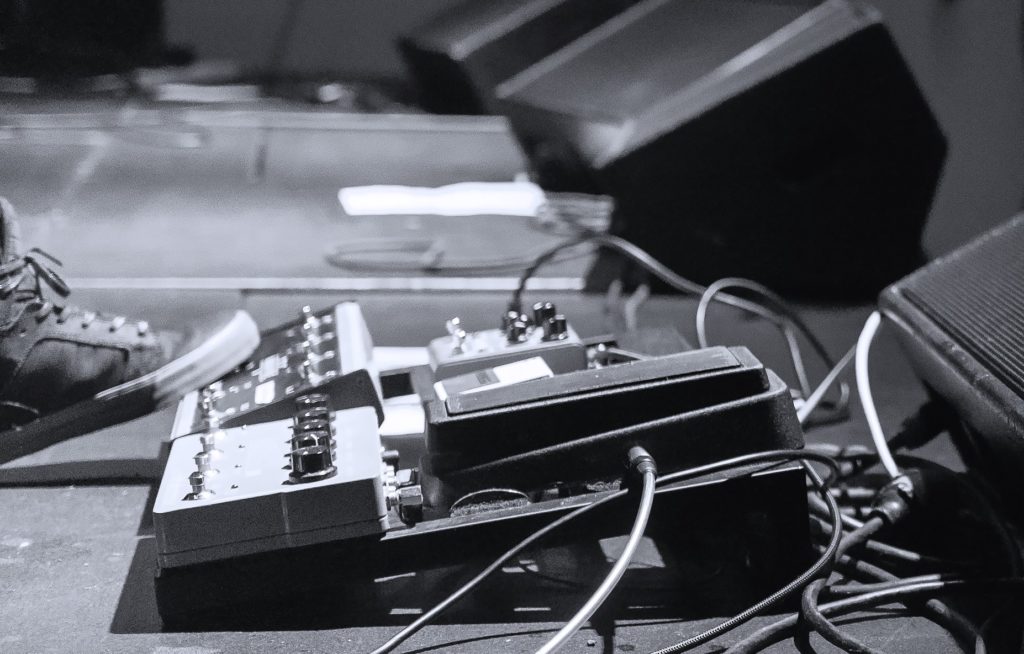
Chances are, you’re a musician, and you’ve put it upon yourself to release your creations, your babies, on to an unsuspecting global population of music consumers. Let me be the first to congratulate you! Before you unleash your song – Be it a 45 second interlude or a 12 minute long prog romp – It is prudent to investigate how the hell you even do such a thing, particularly if this is your first time. While I hope this resource will help to guide you in some way, the only thing I can guarantee is that, in 12 months, large swathes of this article will no longer be relevant – such is the speed at which the landscape of music marketing is changing.
This article is most certainly not exhaustive, and manifests as a list of tasks. Some are specific, some are vague and, others still, are likely entirely meaningless. Filled with confidence? No? Good, neither am I, and I’ve released dozens of singles, a handful of EP’s and a clutch of albums over the last decade or so. That should give you a good sense of what to expect; Nothing.
Not because ‘Nothing’ is all you’ll get, that would be an awful thing to say, and a terrible way to start an article of this nature. But when you do ‘the things’ and expect nothing in return, you create the space to enjoy whatever turns up. Sometimes said enjoyment can come in the form of hundreds of thousands of streams* on Spotify or YouTube, other times it arrives as a comment on your video from someone living in an obscure, far flung region of the world. Someone who has stumbled across your music, and was so moved by it, that they have delivered you a much needed pat on the back, written in a language you’ll need to use google translate to decipher.
Feeling weird? Let’s begin.
Step 1. Make Good Music
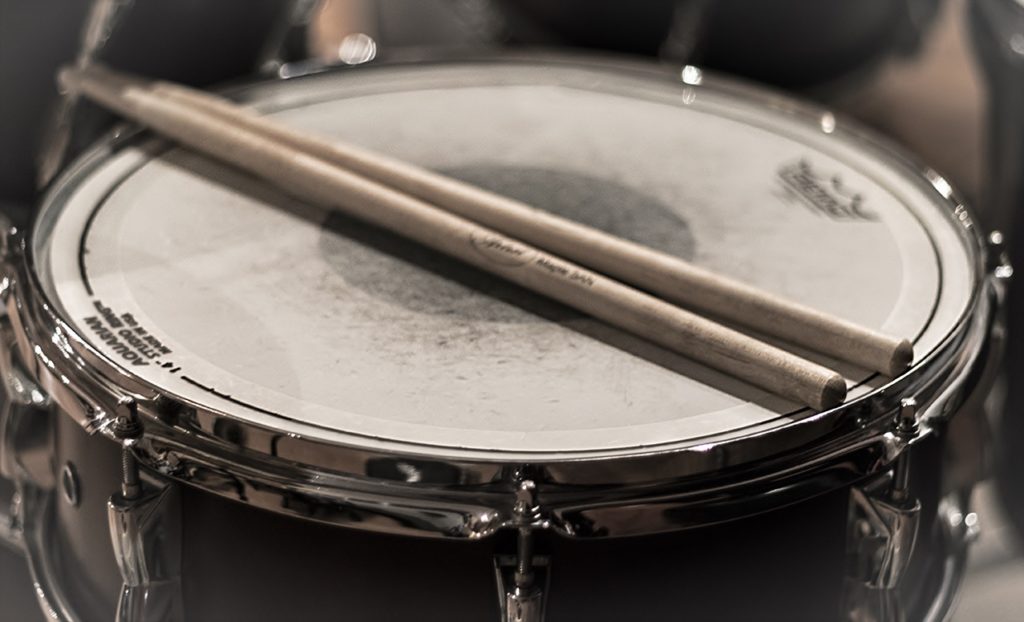
Let’s start things off with the wildly subjective, shall we? ‘Making good music’ is probably what you think you’ve been doing all along – and hopefully, you’re right! You’re going to see dozens of hours stretch out before you in the actions listed below, and so you really want to make sure that all of those hours are being poured into the promotion of the best work you have available. Put your best foot forward as they say! It is a hollow feeling, investing countless hours and exorbitant sums of money into parading around suboptimal work, particularly if you’re capable of producing something better. A great place to start, is with music that you’re really proud of. Paying for good production, engineering, mixing and mastering isn’t cheap. But, if you’re going to put the effort into marketing, it’s definitely going to be worth it on the other side.
Step 2. Write a list
Being occasionally ensnared in a web of my own anxiety, I’m the type to write endless lists about all the things I have to do. So I don’t forget anything, let anyone down, collapse into a heaving mess in a public setting, or suffer a lapse in personal hygiene. The good news is, this agony of organisation can extend to your music career! Er… yay?
Once you’ve read this article – and hopefully a number of other articles which are more eloquently written, straight forward, and authored by people with far greater credentials than I – you should collate your findings into a list of actions. Then, start attacking those tasks one at a time. This list can then be copied and pasted for the next single, and the one after that, and so on, until you reach the hallowed point of having a record company handling your releases. You can then sit on the beach, sip mimosas and discuss the tone of your first set of memoirs entitled something like ‘The Music and Me’ or ‘Hoes in Different Area Codes – How Recreational Gardening Gets Me Through Touring’.
Go on then, here’s the list that I always use – But beware! If this article is anything past 6 minutes old, it’s already obsolete. So definitely consider using my list as a framework to update for yourself, or just making your own from scratch.
Step 3. Admin

You’ll want to get all of your ducks in a row. Once you’ve finished accosting the poor ducks, start tackling your admin tasks. Get an ISRC code for your song from RMNZ, register your song with APRA, and be clear with anyone who contributed to the writing and production of the song about the percentage cuts of any royalties owed. If you’re planning on keeping all of the money for yourself, you should probably tell the others, before they buy that second private jet. It’s only fair. Here is a list of some of the organisations you’ll want to register your works with, and some other really useful organisations which you should probably know about.
Step 4. Channels
You’re likely going to want to have your music available for streaming and purchase on the internet, and a place for fans to connect with you. Alternatively, if you want your music to be kept secret, stop reading this article immediately and leave your song on your hard drive, undetectable by the general public. It’s like your own wee museum!
YouTube, Facebook, Instagram, Spotify, Apple Music, Twitter, Tik Tok – These are all channels, and there are many more. Take the time to read up on how each individual channel works, and how you can make the most of them for your project. For instance, Facebook likes cash, so if you want your posts to go well, you’re better off chucking some coin on a sponsored post. Instagram on the other hand, still has a bit of natural reach without the need for capital, and so on.
To start with, I recommend choosing a handful of channels you feel confident with managing. You can add to this list as you become more established in your initial core channels. Chances are, you’re holding down a job to accompany your burgeoning music career, and may even have friends and/or a family, so you’ll probably benefit from having a few less things to worry about, anyway. I’m giving you an out from flossing on Tik Tok here, just take it.
Step 5. Video

According to just about any article you can find on the subject, video content is essential in the modern age of releasing music. This can range from a lyric video done on the cheap, to a full blown music video with a budget that stretches into the millions of dollars… Depending on whereabouts on the Niki Minaj spectrum you fall. From my own experience (I, myself, being quite low on the Niki Minaj spectrum), organising a music video was, at first, a harrowing ordeal. But if you can find someone handy with a camera and an editing suite, and concoct a relatively simple but effective concept, this can be done for hundreds of dollars, koha, or free.
The more you put into this, the more you’ll get out of it. But know that the world of music consumers expect something, so make sure you give it to them. Or else, you’ll not be invited to the party, and your saussie rolls will go cold**.
Step 6. Images
A nice press shot and a single cover are pretty much essential – and that’s one per release. People want to know what you look like, because if you don’t look good, they won’t want to listen to your music… or something.
If you can find some free-to-use stock images and a friend who is handy with photoshop, you can save some dollars on the single cover. Consider spending some cash on the press shot, however, as the iPhone camera generally doesn’t cut it here. There are exceptions to every rule of course, and I’m a firm believer in the adage of ‘start where you are, use what you have, do what you can’.
Here is a link to some of my favourite single covers, to get you started.
Step 7. Content
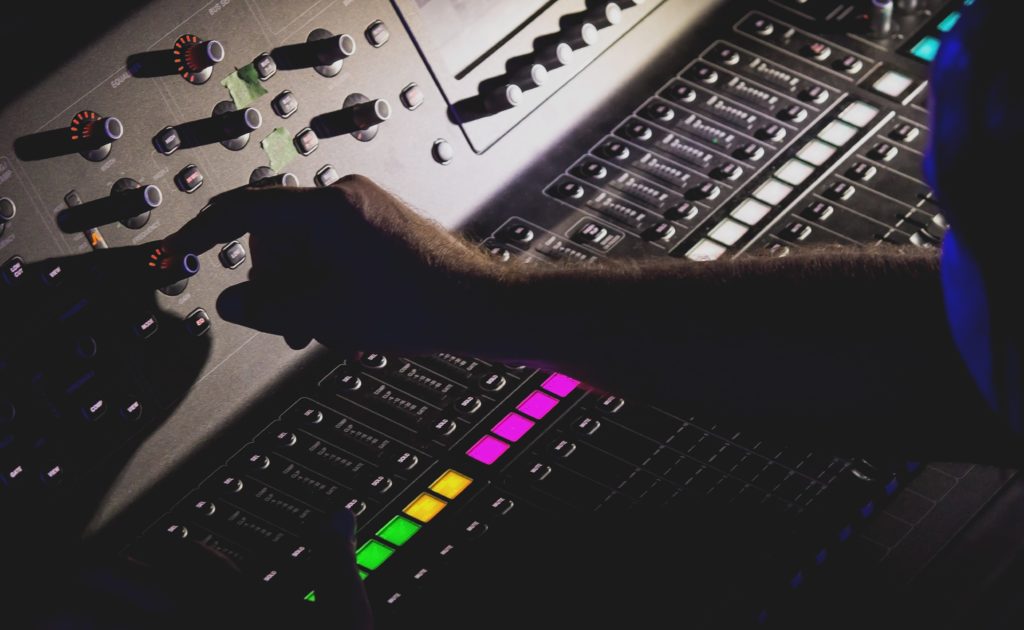
“The music is what it’s all about, but if it’s just the music, that probably isn’t enough.” – Me, just now.
You’ll want to support your release with something a little more juicy than a music video, and a press shot. Left on its own, that’s only 3-4 social posts, which is a week or two in the world of ‘Sosh Med’ (Social Media)***.
The content trend is currently angled towards narrative and storytelling. Behind the scenes looks at music video shoots or in the studio; interviews with the band; candid videos taken in the green room before a show – all of this can contribute to expanding the scope of your music, for your fans. This, in theory, results in deeper engagement from fans and a closer connection to the artist. You might be able to get away with spending less on this content, in fact candid is actually favourable in some circumstances. If you’ve got the money, screw it; Hire a film crew and shoot a documentary! It would be pretty awesome, even if it only gets 66 views on YouTube.
To take a deeper look into the world of content, check out Damian Keyes’ YouTube channel. It’ll make this entire article seem like the inane scrawlings of a toddler, but you’ll be better off.
Step 8. Release Date
Set a release date. It’s actually a pretty good idea to get all your content sorted before you even set the date. At the very least, have a runway mapped out for completing that content in the lead up to the release. What I don’t recommend is having no plan, and no content, while having set a release date. That would be like turning the oven on to bake a cake, before popping out to buy the ingredients. Or trying to teach a racoon how to drive a manual transmission vehicle.****
Fridays used to be the go-to day of the week, and I still prefer them personally, but I’m seeing more and more established artists popping singles out on Tuesdays, Wednesdays and Sundays. So, perhaps it’s a free-for-all, and you can pick your favourite day and go nuts.
Once you’re set with a content plan, release strategy and a release date, you can send your single off to a distributor such as DRM (NZ) or CD Baby. That’s exciting! But we aren’t done yet…
Step 9. Start telling EVERYONE

Hopefully your friends, family, casual acquaintances and even your frenemies are across your project and are ready to either support it with passion, without passion, or to wreak havoc on your project with subterfuge and character assassination. Maybe leave the frenemies off the email list.
Likely you’ll also want your music to reach the ears of strangers from home and abroad, not just the ears of your adoring mumsy***** and your mates from high school. If this is the case, it would be worth compiling a list of commercial and independent radio stations, blogs and podcasts from your town, your country and the world, to really start spreading the word and trying to reach new people. New people are where the growth lies!
Here is one great list, and here is another. But your best bet is to diligently maintain your own list, and add to it with each release. There are people out there who take real delight in supporting artists such as yourself, so take advantage of them! Well, don’t take advantage of them as such, but do ask politely for their help and be grateful for what they can offer.
Other places to consider sending your music are pay-to-play contact sites like SubmitHub, and the free playlisting websites such as DailyPlaylists.com. By all accounts, be wary of using ‘paid playlisting services’ that conveniently arrive in your Instagram message inbox. Not only are they often not particularly helpful, but some claim that the playlists your songs land in, can actually mess with the algorithm and hinder the growth of your music on Spotify.
Step 10. Put on a release show
What better way to celebrate the release of your music, than to collect everyone you know (and hopefully a few people you don’t) into a room, and play your music to them, loudly?
Playing music live is a big part of why a lot of us do this, so this is a no-brainer. The other upside to this strategy is, more content! Make sure you’ve got the camera rolling. And also, practice. I learned the tricky way, that playing your new music loudly and badly doesn’t convince anyone of your credibility.
Step 11. Release More Music
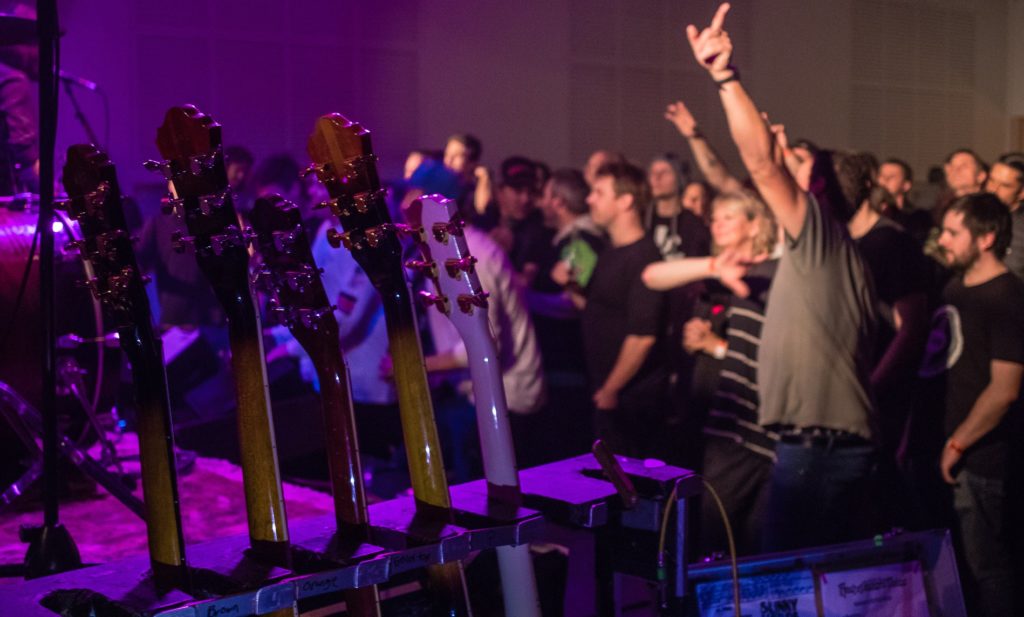
There is an old saying in the book publishing industry that goes, “The best thing you can do to promote your last book, is release the next one.” I don’t know why I know that, but I do, and now you do too! I think the same thing applies with music. In a few months’ time, the next single will develop the story of your project while also reminding listeners of the first song you released. If your first single is doing well, don’t rush out the next one – But start planning it’s release, because you need to feed the beast, so to speak. Then you can start from step 1, rinse and repeat, all while being a little wiser, for having done it once already.
Conclusion
In conclusion, I hope you found this article helpful – or at the very least, entertaining. While certainly no expert (as alluded to in the intro, before confirming comprehensively throughout this article), I am deeply passionate about releasing music, albeit with varying results. I hope your results are less various and much more successful than mine, and perhaps you can add some value to this article in the comments.
Sadly, the industry cannot yet provide all of us musicians with the physical riches we’ve come to believe are out there somewhere, despite what we have learned after heavily researching early 2000’s rap videos. However, If you can find the reward in the release process, rather than the outcome, your music career can provide you with outlandish quantities of emotional and psychological riches. I believe that the key to creating a sense of accomplishment with your music in a challenging industry, begins with doing everything in your control to release your single the right way, while also understanding what is realistically out of your control.
Good luck, have fun!
Footnotes:
*As yet, it has not paid dividends in the form of thousands of screaming fans or millions of dollars in royalties for me, but I’m holding on to hope, much akin to a dog being launched into space must have felt in the bad old days of the space race.
**Just leave them anywhere, I’ll have them if no one else is eating them.
*** “Why did he abbreviate the term ‘Social Media’ to ‘Sosh Med’, only to extrapolate it out to ‘Social Media’ in parenthesis at the end of the sentence?” you may ask; And the answer is, I don’t know.
**** I mean, automatic, maybe…
***** That sounded like a dig on mumsy, but it definitely wasn’t. Give her a call… she misses you.
